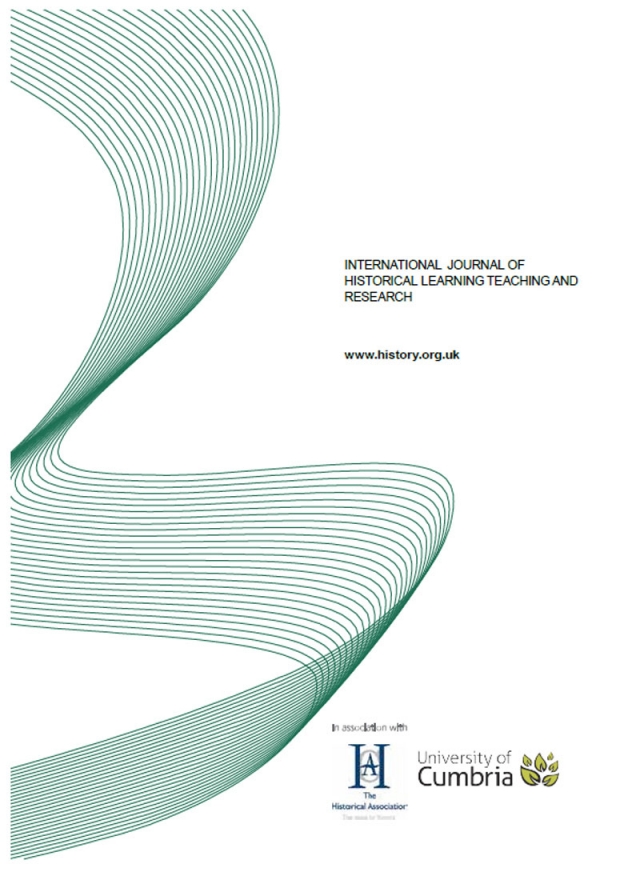An Investigation into Finding Effective Ways of Presenting a Written Source to Students
IJHLTR Article

International Journal of Historical Learning, Teaching and Research [IJHLTR], Volume 15, Number 1 – Autumn/Winter 2017
ISSN: 14472-9474
Abstract
Written historical sources can be quite challenging for students to analyse in secondary school. They are sometimes long and tedious to read as well as containing difficult and awkward text. The presentation of such sources by history teachers to their class has to be well thought out.
This paper describes the various methods used to offer the same written source as historical evidence for analyses but in different formats to a class of 13/14 year olds. The written source was a letter taken from the textbook used by history students who will eventually be sitting for their SEC O Level history paper. The source can be found in their Maltese history textbook ‘From the coming of the Knights to EU membership’. This letter is one of the most challenging sources in the textbook and this paper reports the endeavour to improve ways of teaching this written source to students. This source was used with two groups of history students and different techniques were used to make the source more palatable to the students and thus support their learning. Students’ work was then evaluated from a worksheet given after the activities and this was contrasted with the answers to the same sheet of questions prior to the study. The students’ work mostly improved and hence from these results, this paper makes recommendations about the possible best format to present written sources to students.
Introduction
Written historical sources are often used in history teaching and learning, apart from being an integral part of routine history lessons they also come up in the form of summative assessment in annual exam papers. Students are required to show comprehension of the text, knowledge about the period in general and any other skills such as the analysis of the source where the student has to be able to detect bias and comment on reliability of text. Therefore, there is a real need to train well our students on how to work with written sources. Many students find it difficult to comprehend the written source for various reasons. However if the right teaching takes place, students can tackle and analyse written sources.
Attached files:
- International Journal 15.1 - Vella
15.55 MB PDF document

